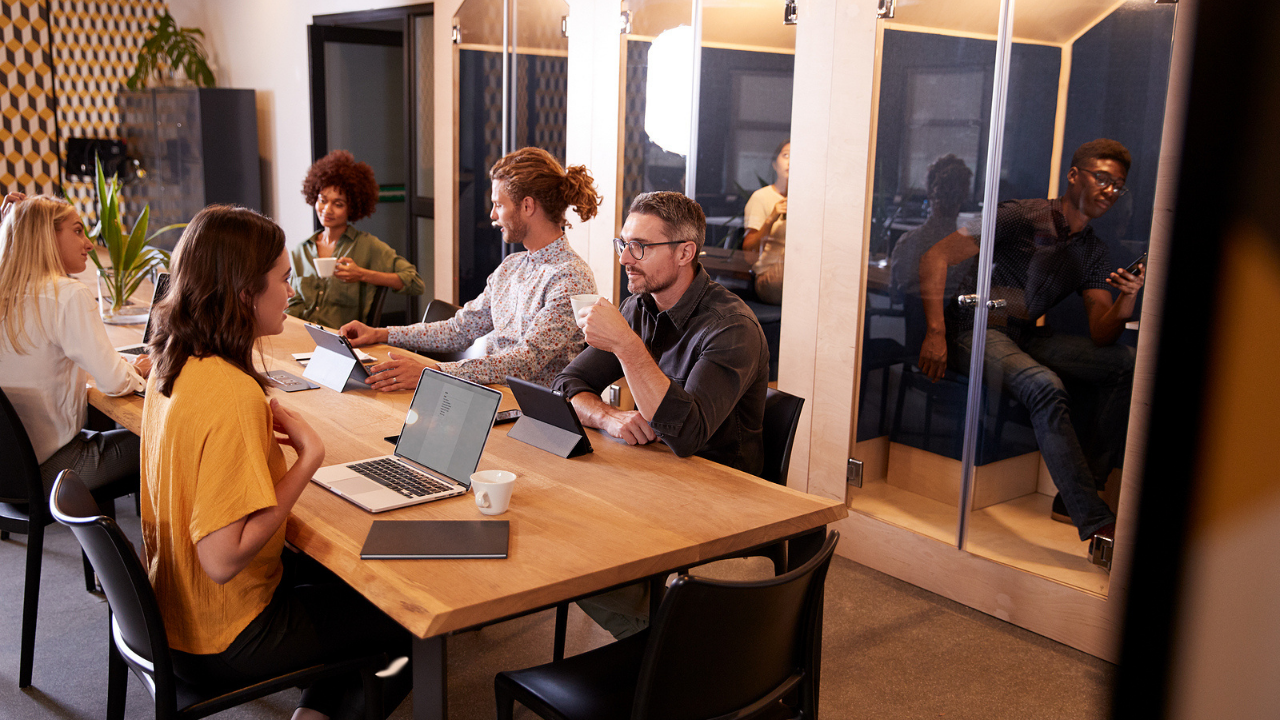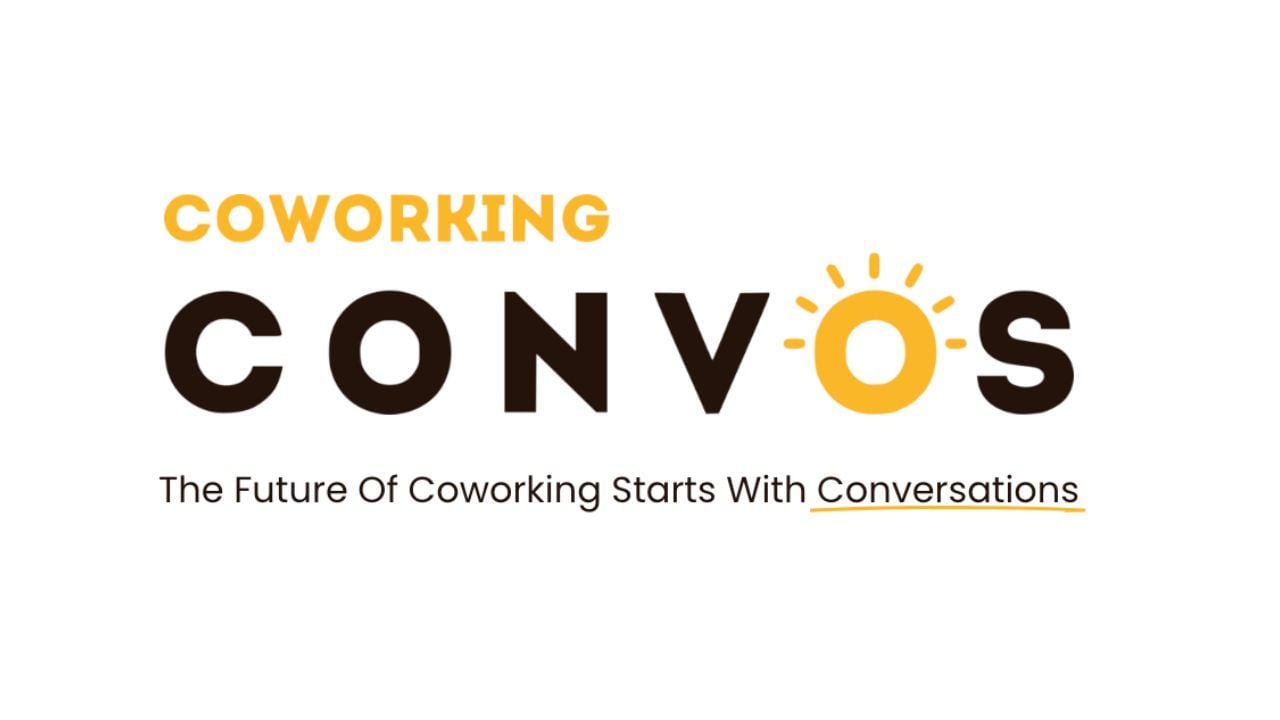According to Cushman & Wakefield’s New Perspective: From Pandemic to Performance series, there are some downsides to working remotely.
A 2007 meta-analysis of 46 studies found that workers experienced more harm to their relationships with coworkers when teleworking beyond 2.5 days each week.
Additionally, innovation and engagement seemingly take a hit when workers are communicating virtually. Brainstorming and collaborating becomes much more difficult in a distributed workforce.
Nurturing workplace culture also becomes challenging when working remotely. Organizations have to put in extra effort to create a semblance of community, whether that be through virtual happy hours or creating a Slack channel for watercooler talk.
Overall, the role of the office will still be essential moving forward. Although it may not look the same in accordance with current COVID-19 guidelines, it can still be a place where workers come together for part of the week and work together.
“Owners and developers will need to identify how to configure a building so that it can be quickly repurposed for the different uses and types of working demanded by occupiers, evolving previously homogenous single-use buildings into mixed/multiple-use environments,” according to Withersworldwide. “The aim will be to change the utility of a space within days, so a building isn’t just tied to a particular usage, or a single occupier.”

 Dr. Gleb Tsipursky – The Office Whisperer
Dr. Gleb Tsipursky – The Office Whisperer Cat Johnson – Coworking Marketing Maven
Cat Johnson – Coworking Marketing Maven Angela Howard – Culture Expert
Angela Howard – Culture Expert Drew Jones – Design & Innovation
Drew Jones – Design & Innovation Andrea Pirrotti-Dranchak – Competitive Advantage
Andrea Pirrotti-Dranchak – Competitive Advantage Jonathan Price – CRE & Flex Expert
Jonathan Price – CRE & Flex Expert Jeremy Fennema – Tech Innovation Alchemist
Jeremy Fennema – Tech Innovation Alchemist











